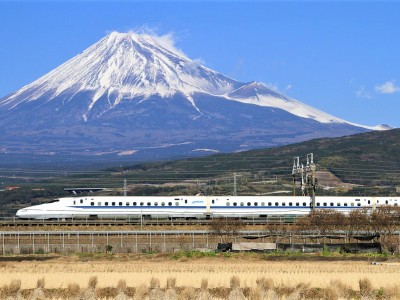There are different ways to approach it. One is that used in Houten, a suburb of Utrecht in the Netherlands.
It basically consists of two TOD cells, with an arterial ring road surrounding each cell, a transit station (regional rail) at the centre of each cell, with public space, major commercial/retail and higher density surrounding the station, then lower density toward the outside nearer the ring road. There's no through traffic for cars across the cell, you need to use the ring road. The streets inside are just distributor/access streets. And there are very few uses that are accessed directly off the arterial/ring road. The community is largely SFH, there is lots of car ownership, but there is high transit and active modeshare owing to the design and the pleasant environment for active uses and making cars slightly less convenient. The lower convenience of cars helps to reduce traffic and congestion.

In contrast, when we try to do something similar here in Canada, even in very supposedly progressive places like Innisfil and their 'Orbit' TOD community around their GO station, the plan is to put the station right at a roaring arterial which is a main through-fare for people coming from the existing community headed for the 400. So we'll likely end up with 6 lanes of 60 kph (actually driving 70) traffic going right through the middle of a TOD community. Forget about letting kids ride their bike to school. Then, of course comes the obligatory gigantic parking lot and high speed access road to the station. I would shift the station off the concession and move it mid-block, myself.







/https://www.thestar.com/content/dam/thestar/opinion/contributors/2021/04/16/highway-413-poses-a-serious-threat-to-many-of-our-most-endangered-species/etobicoke_creek2.jpg)
